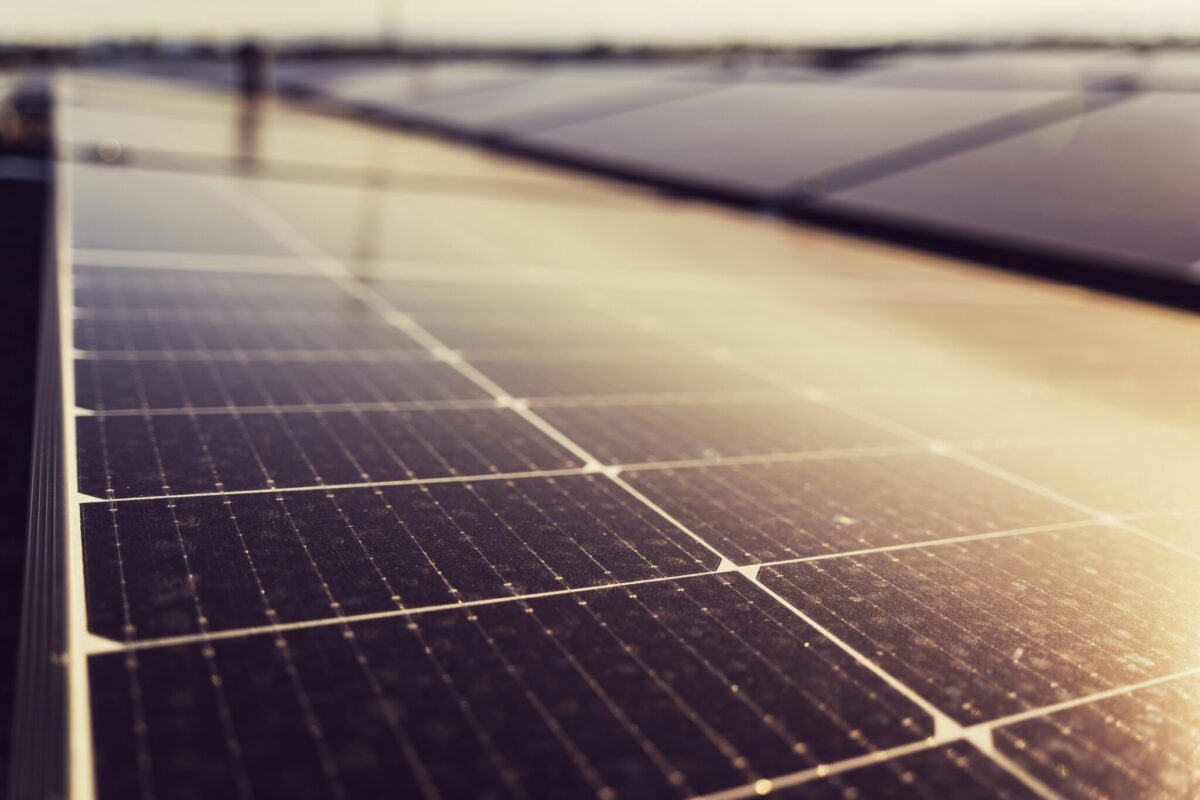[custom_field custom_ai_title]”Navigating Risks in Emerging Photovoltaic Technologies: Strategies for Success in India – PV Magazine”[/custom_field]
Keyword:

Photo Credit: Michael Pointner/Unsplash
The IEA PVPS Task 13 report, titled “Degradation and Failure Modes in New Photovoltaic Cell and Module Technologies,” offers a comprehensive overview of the degradation and failure modes impacting current photovoltaic technologies.
Shifts in Degradation and Failure Patterns Due to Innovation
While emerging technologies introduce unique challenges, they also contribute to several positive advancements. Below are key shifts in degradation and failure modes influenced by current innovations:
- Cell Cracking: Innovations in multi-wire technology have significantly mitigated the impact of cell cracking, which previously led to large inactive regions. This design reduces the likelihood of cracks, minimizing power loss and the risks of hot spots.
- LID/LeTID: Light-induced degradation has been addressed by switching from Boron to Gallium as a dopant in silicon wafers and implementing various optimization techniques. Standardized tests now enable the assessment of LID/LeTID effects on long-term performance for newer innovations.
- PID: Potential-induced degradation (PID) arises from high system voltages and can be exacerbated by UV light. Recent tests show that applying UV light during PID evaluations can significantly reduce degradation rates. For instance, UV exposure helped prevent degradation in Top-Contact (TOPCon) modules to under 3%, while lack of UV exposure led to a 28% degradation.
- UVID: In modules utilizing TOPCon and Silicon Heterojunction (SHJ) cells, UV-induced degradation may emerge post-accelerated aging tests. It remains uncertain if outdoor exposure can reverse this degradation, though certain modules remain stable under UV testing.
- Encapsulation Issues: Standard tests often overlook relevant degradation pathways specific to polymer materials, which can result in damaged lamination in PV modules. Additional testing under combined stress conditions is recommended to ensure safety and longevity.
- Glass Breakage: Newly designed glass/glass modules with thinner glass (≤ 2 mm) face risks of increased breakage rates, with reports indicating that 5% to 10% of back glasses failed within two years. Current mechanical tests do not adequately predict these failures.
- Junction Box Faults: Increased instances of poorly soldered junction box contacts due to altered module layouts have led to more frequent disconnections of bypass diodes, posing fire hazards. Checking the functionality of all bypass diodes during production is strongly advised.
- MHP-Based PV Technology: The reliability of metal halide perovskite (MHP)-based modules is also discussed, highlighting known degradation pathways and the need for protective measures against environmental factors.
Conclusion
This report is designed for a diverse audience, including manufacturers and PV system owners. It delves into degradation mechanisms, their implications for module performance, testing methodologies, and potential solutions. Updated Photovoltaic Failure Fact Sheets (PVFS) derived from the report are available for download on the IEA PVPS website.
This article is part of a monthly column by the IEA PVPS program.
Published on: 2025-02-28 05:23:00 | Author:










